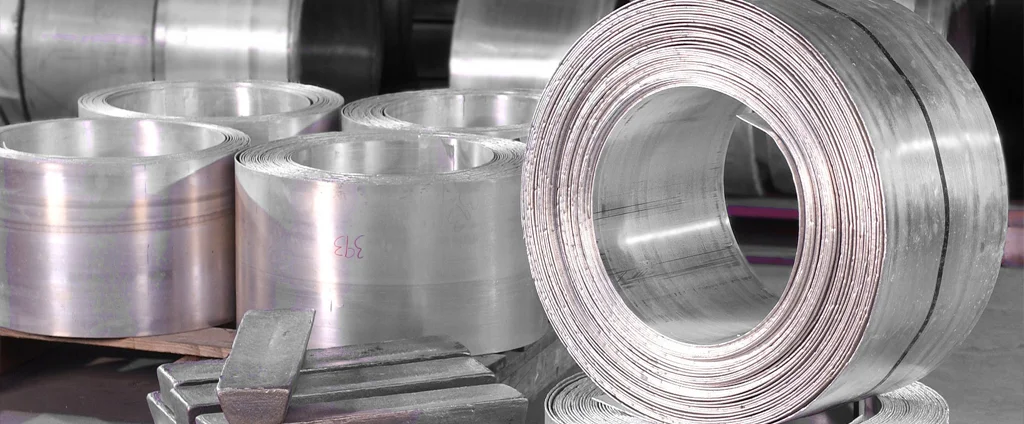Magnesium ZK61A-T5 (UNS M16611)

ZK61A-T5 is a high-performance magnesium alloy prized for its low density, superior strength, and excellent corrosion resistance. These characteristics make it ideal for demanding aerospace, military, and industrial uses where weight reduction and durability are critical.
| Chemical Composition | ||
|---|---|---|
| Element | Min | Max |
| Magnesium | 92.1% | 93.9% |
| Copper | —— | 0.1% |
| Nickel | —— | 0.01% |
| Zinc | 5.5% | 6.5% |
| Zirconium | 0.6% | 1.0% |
| Residuals | —— | 0.3% |
The following table provides a list of magnesium ZK61A-T5 properties in both SI and US customary/Imperial units.
Click on the button to switch between Metric and Imperial units.
| Physical Properties | Metric |
|---|---|
| Density | 1830 kg/m3 |
| Mechanical Properties | Metric |
| Tensile Strength (Ultimate) | 310 MPa |
| Tensile Strength (Yield) | 185 MPa |
| Shear Strength | 170 MPa |
| Young’s Modulus (E) | 45 GPa |
| Shear Modulus (G) | 17 GPa |
| Elongation at Break in 50 mm | 10% |
| Poisson’s Ratio (ν) | 0.35 |
| Brinell Hardness 500 kg load, 10 mm ball | 68 |
| Knoop Hardness Converted from Brinell | 91 |
| Vickers Hardness Converted from Brinell | 78 |
| Machinability | 100% |
| Thermal Properties | Metric |
| Melting Point | 520 - 635 °C |
| Solidus | 520 °C |
| Liquidus | 635 °C |
| Specific Heat Capacity (Cp) | 1084 J/kg·K |
| Coefficient of Thermal Expansion (αL) | 27 1/°C |
The values in this table are approximate and can vary depending on various factors such as the specific manufacturing process and heat treatment applied to the alloy.
Advantages & Disadvantages of Magnesium ZK61A-T5
| Advantages | Disadvantages |
|---|---|
| Lightweight | Corrosion susceptibility |
| High strength | Limited temperature range |
| Good machinability | Cost |
Applications of Magnesium ZK61A-T5
ZK61A-T5 serves a broad range of industries, offering lightweight strength and durability for diverse uses, including:
- Automotive Industry: Used to reduce weight and enhance fuel efficiency in engine blocks, transmission cases, steering columns, and structural components.
- Aerospace Industry: Applied in aircraft components such as brackets, housings, and interior parts due to its high strength-to-weight ratio.
- Electronics and Consumer Goods: Utilized in laptops, tablets, smartphones, camera bodies, sporting equipment, and tool casings for its lightweight and machinability.
- Industrial Machinery: Employed in pump housings, valves, gears, and other machinery requiring lightweight construction and strength.
- Medical Equipment: Used in surgical tools, orthopedic implants, and prosthetic devices thanks to its biocompatibility.
- Defense and Military: Ideal for military vehicles, firearms, and protective gear due to its light weight and impact resistance.
- Sports and Recreation: Incorporated in bicycles, golf clubs, tennis rackets, and camping gear for its high strength and low weight.
